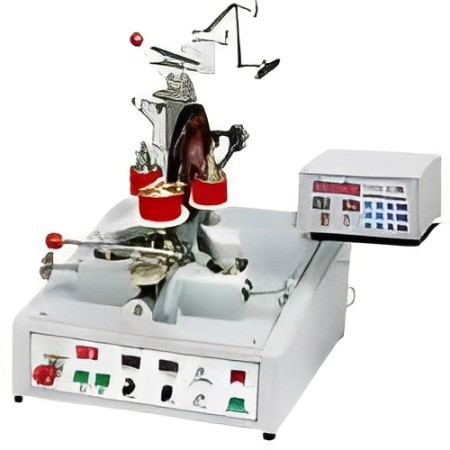Transformers are indispensable in modern electrical systems, enabling efficient power transmission by stepping voltages up or down. At the heart of every transformer is the transformer coil winding, a critical component responsible for its functionality and efficiency. The precision, quality, and design of the coil winding directly influence a transformer’s performance, durability, and energy efficiency. Let’s explore how coil winding impacts transformer performance and the key factors that manufacturers and businesses must consider to optimize it.
The Role of Coil Winding in Transformer Efficiency
Efficient coil winding minimizes energy losses during power transmission. Poorly wound coils can lead to increased resistance, energy dissipation as heat, and inefficiencies that degrade transformer performance. Precision winding ensures minimal electrical resistance and maximizes the magnetic coupling between the primary and secondary coils, enhancing energy transfer and reducing operational costs.
Impact on Voltage Regulation
Coil winding plays a vital role in maintaining consistent voltage regulation. Transformers with well-structured coil winding produce stable output voltages despite fluctuations in load conditions. Irregular or uneven winding can result in voltage spikes, drops, or imbalances that may damage sensitive electrical equipment connected to the transformer.
Thermal Management and Heat Dissipation
The arrangement of the coil winding influences how heat is generated and dissipated within a transformer. Tightly packed windings can restrict airflow, leading to overheating and reduced lifespan of the transformer. By contrast, optimized coil winding designs with proper spacing enhance cooling efficiency, ensuring the transformer operates within safe temperature ranges and prolonging its operational life.
Electromagnetic Interference Control
Proper coil winding minimizes electromagnetic interference (EMI), which can disrupt the transformer’s functionality and the performance of nearby electronic equipment. High-quality winding techniques reduce stray magnetic fields and ensure that electromagnetic compatibility standards are met. Shielded and segmented winding arrangements can further mitigate EMI issues, especially in high-frequency transformers.
Mechanical Stability and Durability
Transformers are subject to mechanical stress during operation, especially under fluctuating load conditions. Coil winding directly affects a transformer’s ability to withstand such stresses. Poorly secured windings may loosen over time, causing vibrations, noise, and eventual mechanical failure. Using robust materials and advanced winding techniques enhances the mechanical stability and durability of the transformer.
Customized Winding Designs for Specialized Applications
Transformers are used in diverse industries, from power distribution to electronics. Custom coil winding designs allow manufacturers to cater to the specific needs of each application. For instance, high-frequency transformers require fine, multi-layered winding, while power transformers benefit from lower resistance, high-capacity windings. Customization ensures optimal performance and reliability in specific operational environments.
Innovations in Coil Winding Technology
Advancements in technology have revolutionized transformer coil winding processes. Automated winding machines now offer unparalleled precision, speed, and consistency. Innovations like CNC winding systems and programmable coil winding equipment ensure minimal errors and higher quality, ultimately leading to better-performing transformers. These technological breakthroughs also enable complex winding patterns that were previously unattainable.
Wind Up:
The performance of a transformer hinges on the quality of its coil winding. From ensuring energy efficiency and thermal management to maintaining voltage stability and reducing EMI, coil winding impacts nearly every aspect of transformer functionality. Leveraging advanced coil winding equipment and adopting precise winding techniques can significantly improve transformer performance, reduce maintenance needs, and enhance overall reliability. Investing in high-quality winding processes is not just a technical decision it’s a step toward ensuring long-term success in an energy-dependent world.
















